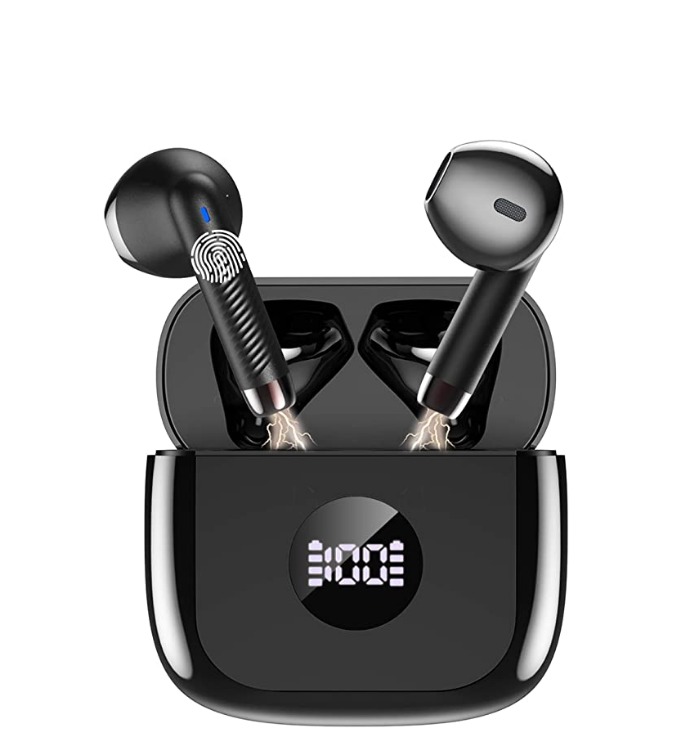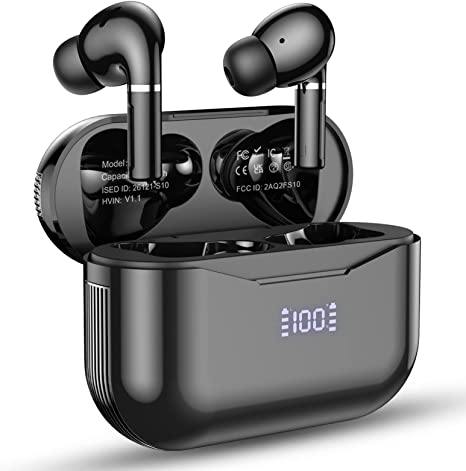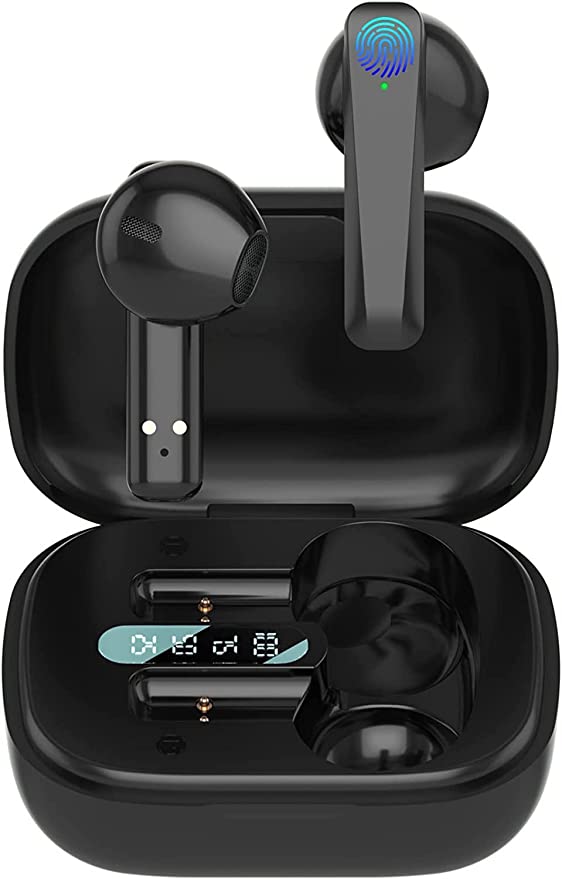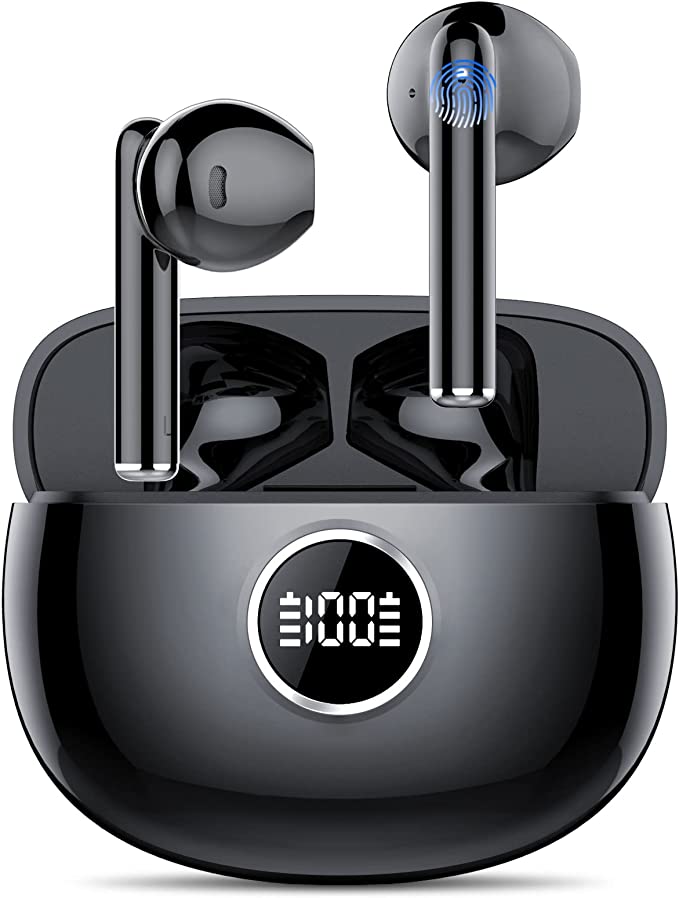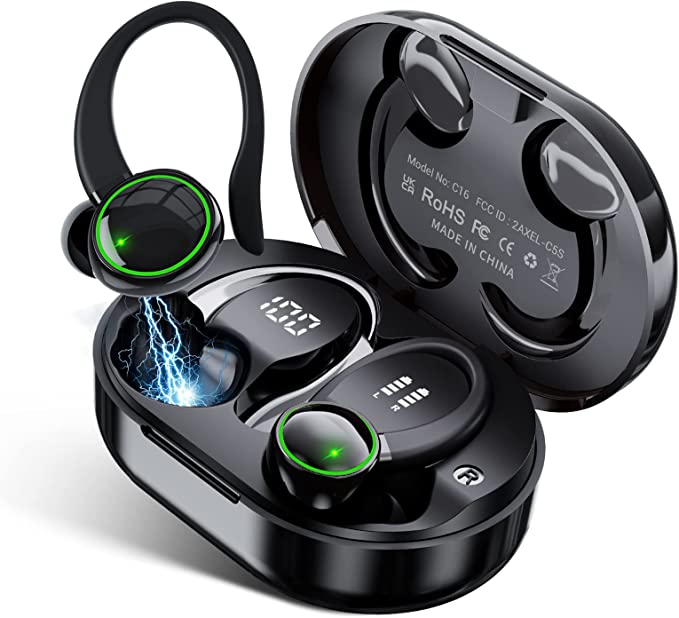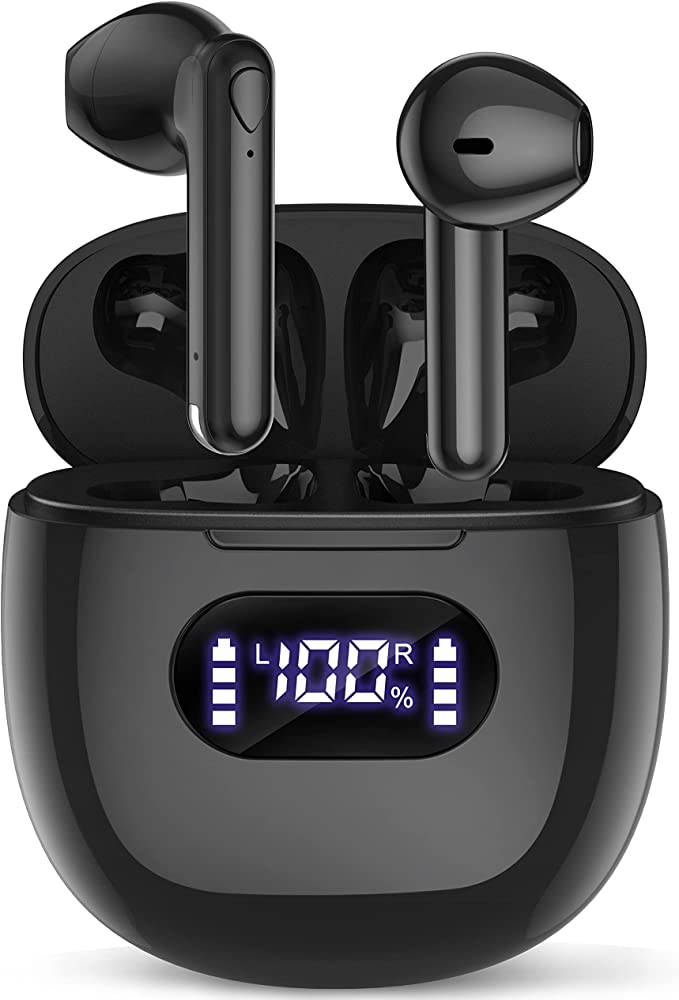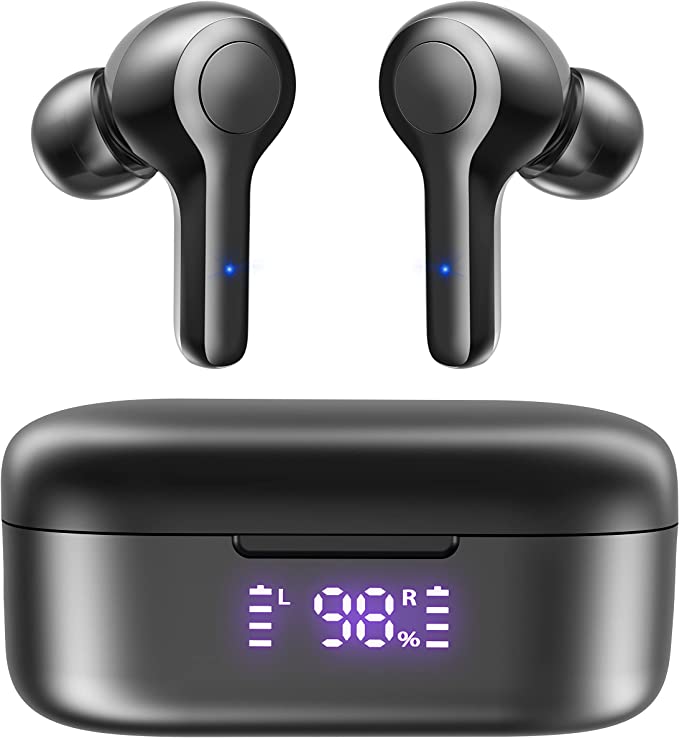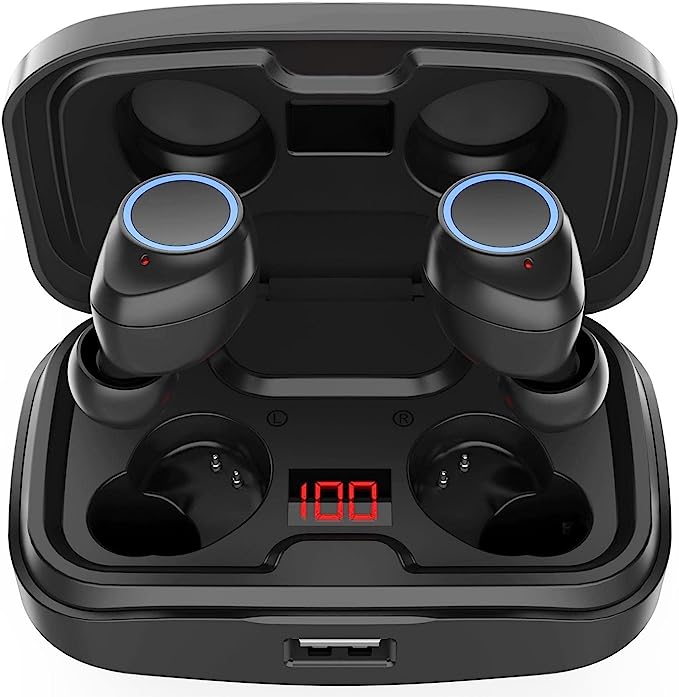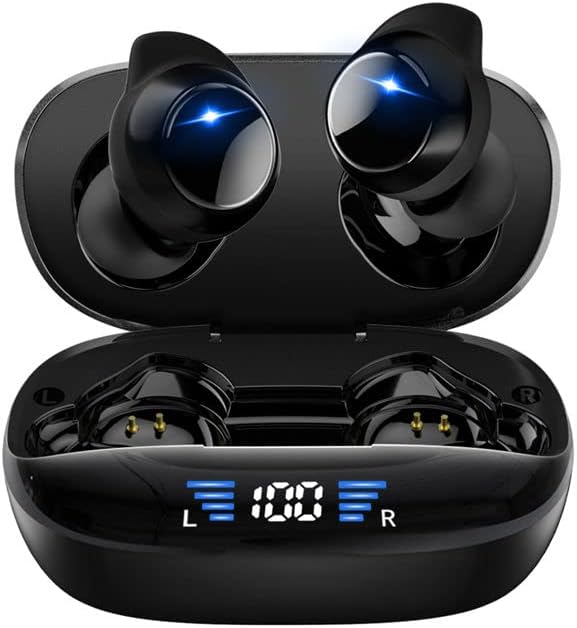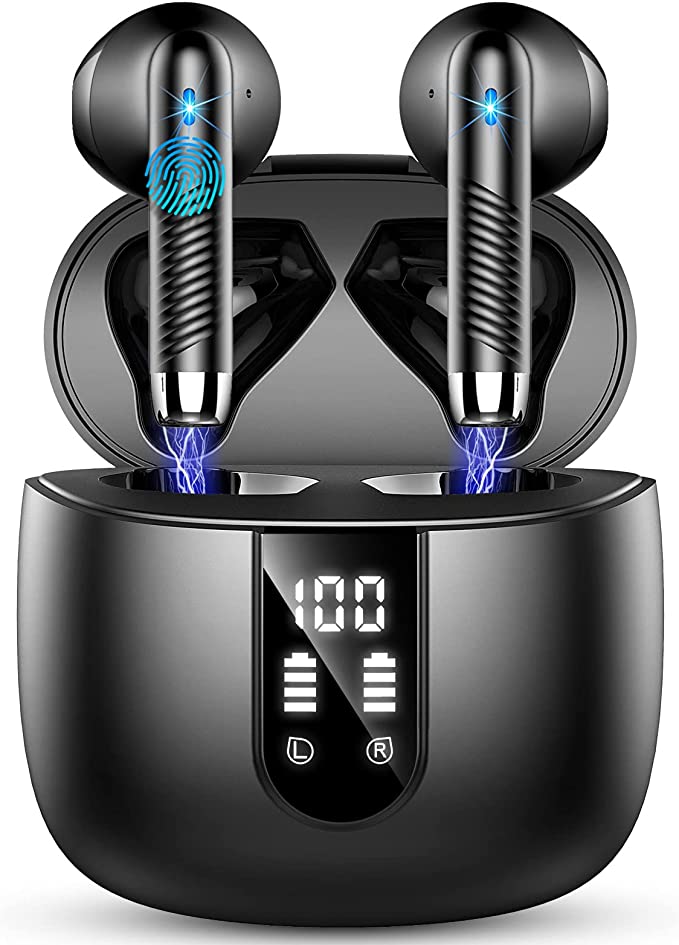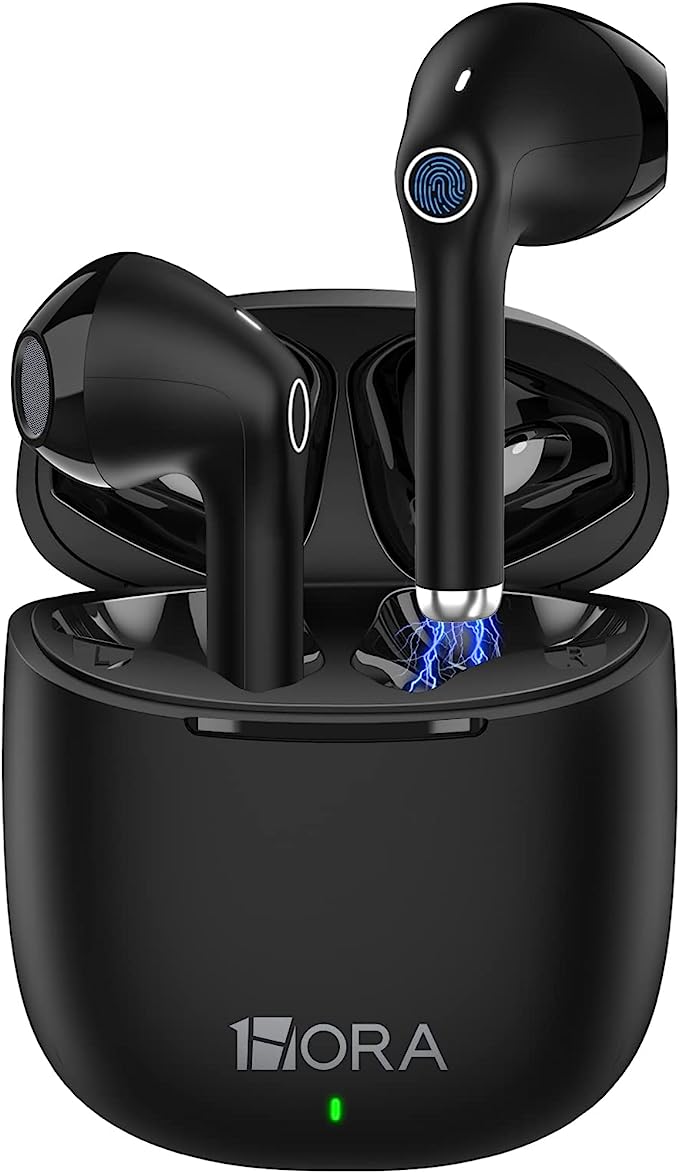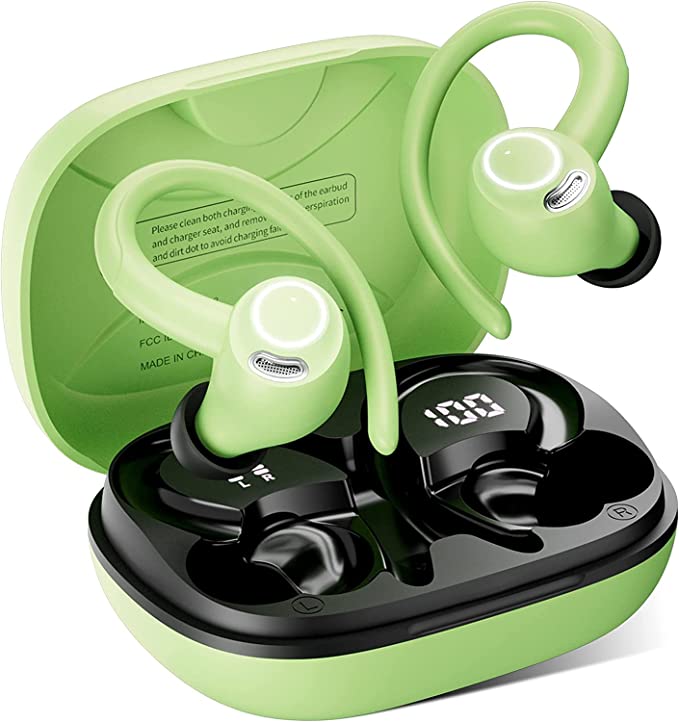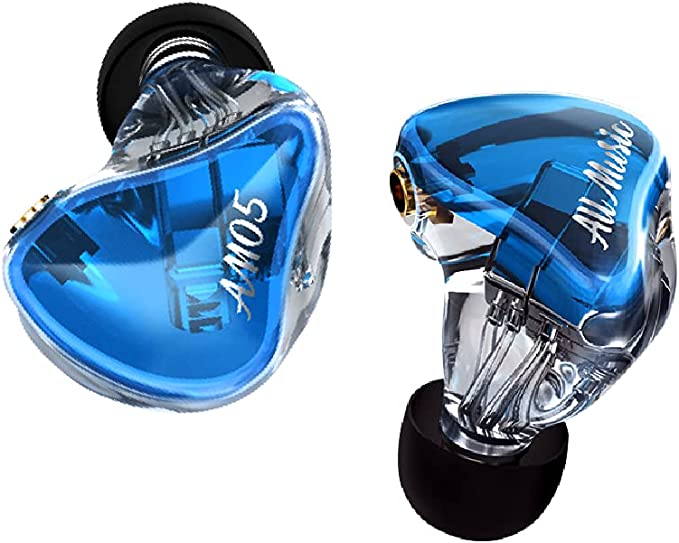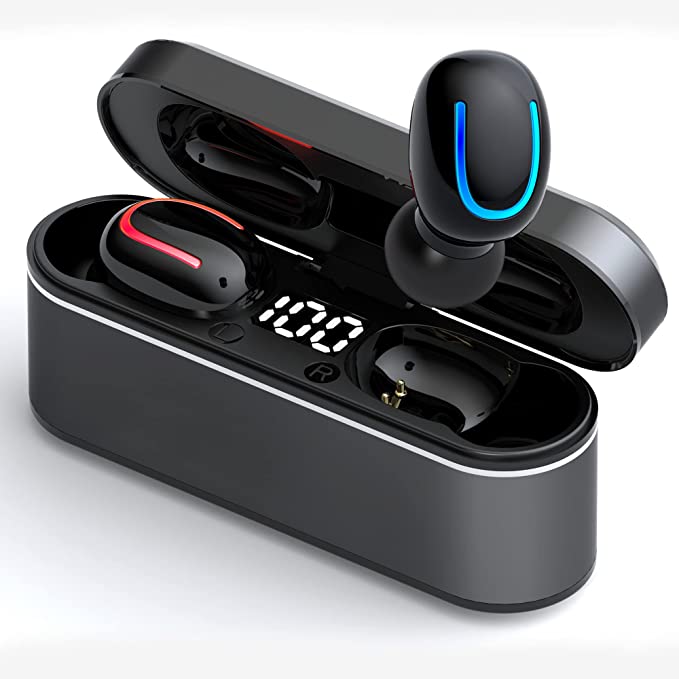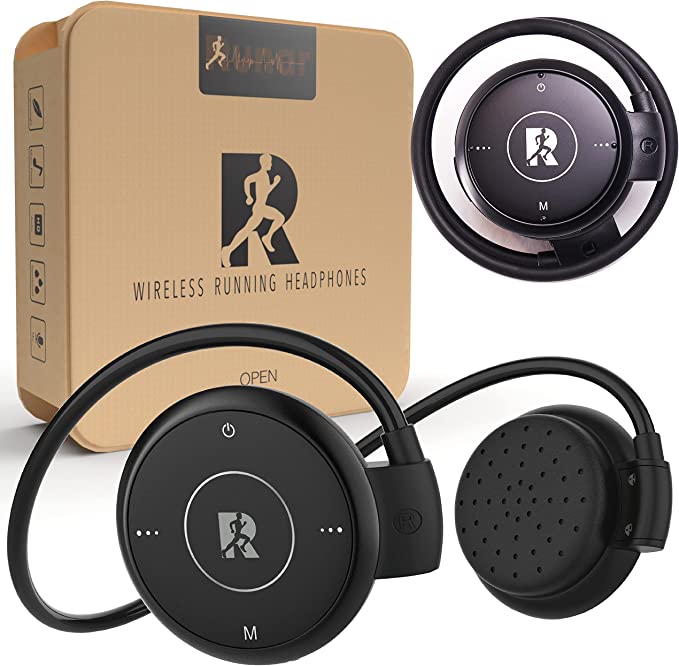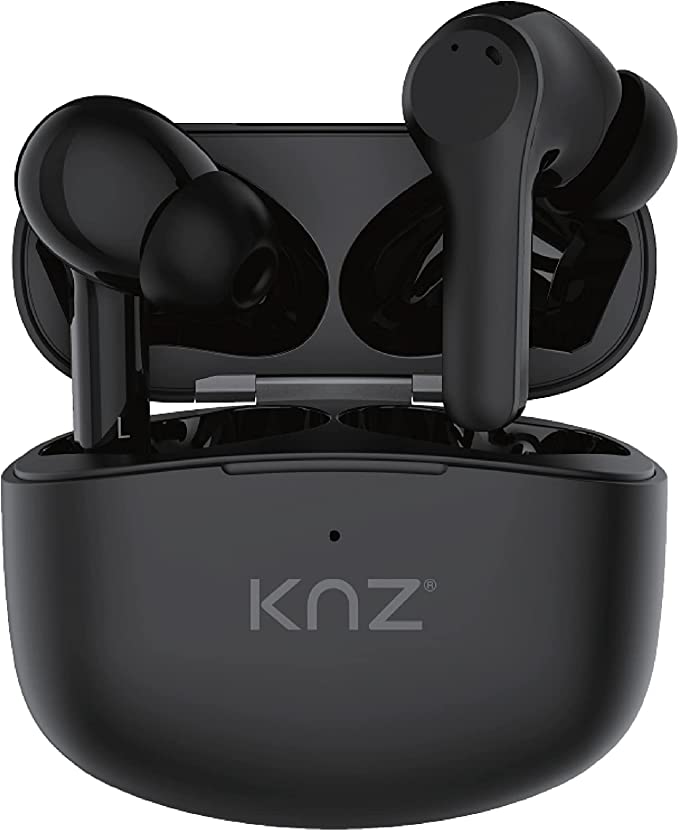CXK E16 Wireless Earbuds: Your Gateway to Superior Sound and Seamless Connectivity
Update on Aug. 4, 2025, 4:29 p.m.
In today’s crowded market, wireless earbuds have evolved from a luxury item to an everyday necessity. They’re no longer just for audiophiles; they’re for commuters, gym-goers, and anyone seeking convenience. Yet, navigating the sea of marketing claims can be a daunting task. How do you tell the difference between hype and genuine engineering? By looking under the hood. The CXK E16 Wireless Earbuds offer a perfect case study for a deep dive into the fundamental technologies that power almost every pair of modern earbuds. Instead of simply listing features, we’ll explore the science behind them, from the core of their connection to the source of their sound.

The Unseen Hand: Decoding the Bluetooth 5.3 Standard
The heart of any wireless audio device is its connectivity, and the CXK E16 utilizes Bluetooth 5.3. While version numbers might seem trivial, this particular one represents a quiet but significant leap in the evolution of wireless audio. At its core, Bluetooth is a radio technology, an invisible highway for data. Older versions of this highway were often congested, leading to dropped connections and frustrating lag.
Bluetooth 5.3 introduces key improvements that address these issues. One of the most important is Channel Classification. Think of it as a smart car that can identify and avoid traffic jams. In a crowded wireless environment—like a coffee shop or a busy office—the earbuds can intelligently detect and steer clear of interference from other devices operating on the same frequency. This results in a more stable and reliable connection, one that you’re less likely to notice until it’s gone.
Furthermore, Bluetooth 5.3 is designed for lower latency. Latency is the slight delay between a sound being generated and you hearing it. For a musician, a gamer, or someone just watching a video, a lower latency means a more synchronized experience, where the sound matches the on-screen action without that jarring, half-second disconnect. This efficiency also extends to power management, with optimizations that contribute directly to the E16’s impressive 40-hour combined battery life. The more efficiently the earbuds transmit data, the less power they consume, a simple physics principle that translates into longer listening sessions.

The Sound Engine: A Deep Dive into 13mm Dynamic Drivers
When a manufacturer claims “superior sound,” the real story lies in the hardware. For the CXK E16, that story begins with its 13mm dynamic drivers. A dynamic driver is a miniature marvel of engineering based on the principles of electromagnetism, a concept first unified by James Clerk Maxwell in the 19th century. Inside each earbud, an electrical audio signal passes through a tiny coil of wire called a voice coil. This coil is attached to a thin, flexible membrane—the diaphragm—and is suspended within a magnetic field. As the electrical signal changes, it causes the voice coil to move, which in turn vibrates the diaphragm. These vibrations displace air, creating the sound waves that travel into your ear.
The 13mm dimension refers to the diameter of this diaphragm. In the world of audio, size often matters. A larger diaphragm can displace a greater volume of air, which is crucial for reproducing low-frequency sounds—the deep, resonant bass that gives music its power. A smaller driver might struggle to create that same physical “thump.” This is a key reason why the E16 can deliver “thumping bass and crisp trebles” as its larger drivers have the physical capacity to reproduce a wider and more powerful range of frequencies, resulting in a more detailed and immersive sound.

Built for the Real World: The Science Behind IPX7 Waterproofing
Durability is a non-negotiable for modern earbuds, especially for active users. The IPX7 waterproof rating of the CXK E16 isn’t just a number; it’s a certification based on a rigorous international standard known as IEC 60529. The “IP” stands for Ingress Protection, and the two digits that follow describe the device’s resistance to solid objects and liquids, respectively. In the case of IPX7, the “X” is a placeholder indicating that no rating has been assigned for protection against solids (like dust), but the “7” is a promise.
A rating of “7” means the earbuds can withstand being submerged in up to 1 meter of water for a period of up to 30 minutes. This is a significant level of protection that goes far beyond simple “splash-proof” or “sweat-resistant” claims. For a runner caught in a downpour or an athlete working up a serious sweat at the gym, this rating provides genuine peace of mind. It’s a testament to a robust physical design that uses specialized gaskets, seals, and hydrophobic coatings to protect the sensitive electronics within.

Powering the Adventure: The Role of the Charging Case and Wireless Charging
A wireless device is only as good as its battery, and the CXK E16’s battery life is a testament to smart power management. The earbuds’ total 40-hour playtime isn’t a single charge—it’s the combined power of the earbuds’ internal batteries and the portable charging case. This case acts as a personal, on-the-go power plant. When the earbuds are placed inside, they automatically begin to charge, drawing power from the case’s larger battery.
The case’s LED screen, which shows the remaining battery percentage, is another simple yet effective piece of engineering. It eliminates the guesswork and anxiety of a dying battery, allowing you to top up the case’s charge before you head out. This can be done conveniently via its wireless charging capability, a technology rooted in the pioneering work of Nikola Tesla on electromagnetic induction. When the case is placed on a compatible charging pad, an alternating magnetic field from the pad induces an electrical current in a receiver coil inside the case, wirelessly transferring power to the battery.

The Control Conundrum: A Case for Physical Buttons
In a world increasingly dominated by touch controls, the CXK E16’s use of a physical button on each earbud is a noteworthy design choice. While sleek touchpads offer a minimalist aesthetic, they can often be a source of frustration. Accidental presses, unresponsiveness with sweaty fingers, and a lack of tactile feedback are common complaints.
The physical button on the E16 offers a different kind of experience. The satisfying click provides immediate haptic feedback, a clear signal to your brain that the command has been registered. This is particularly valuable during physical activity, where you can’t always look at the device. This deliberate design choice reflects a philosophy that prioritizes reliable, intuitive control over purely aesthetic considerations, catering to users who demand accuracy and functionality in their tech.

